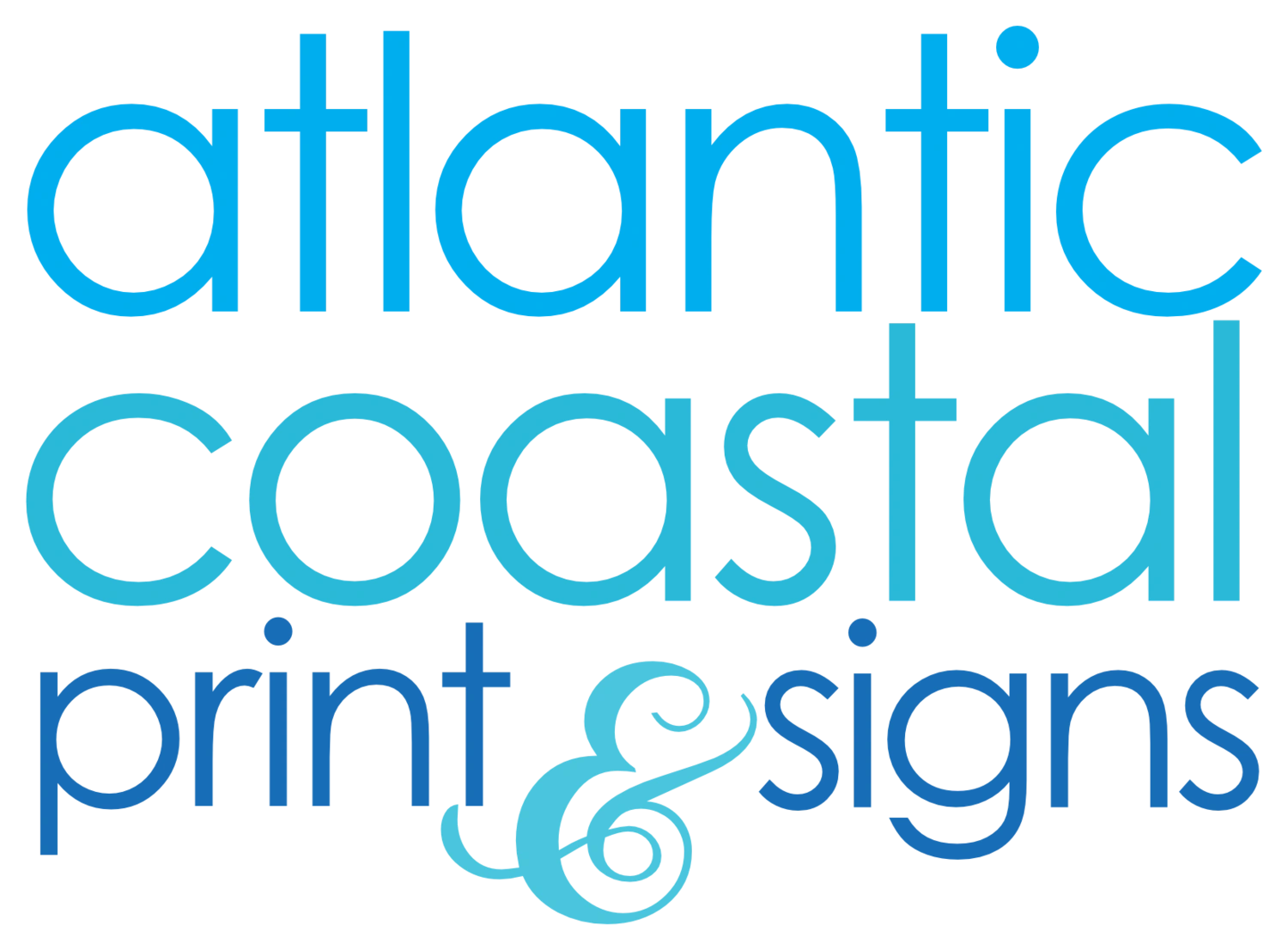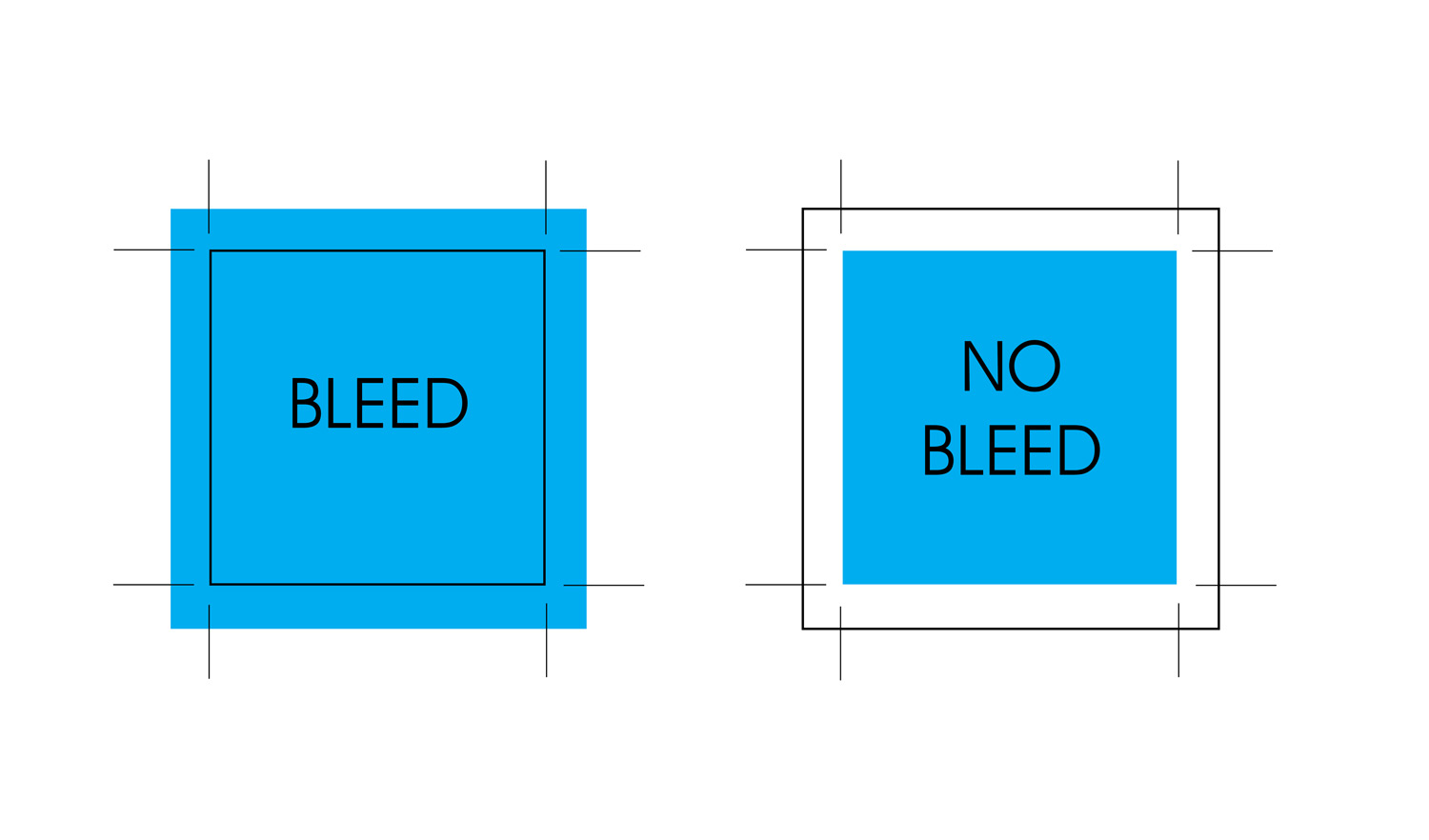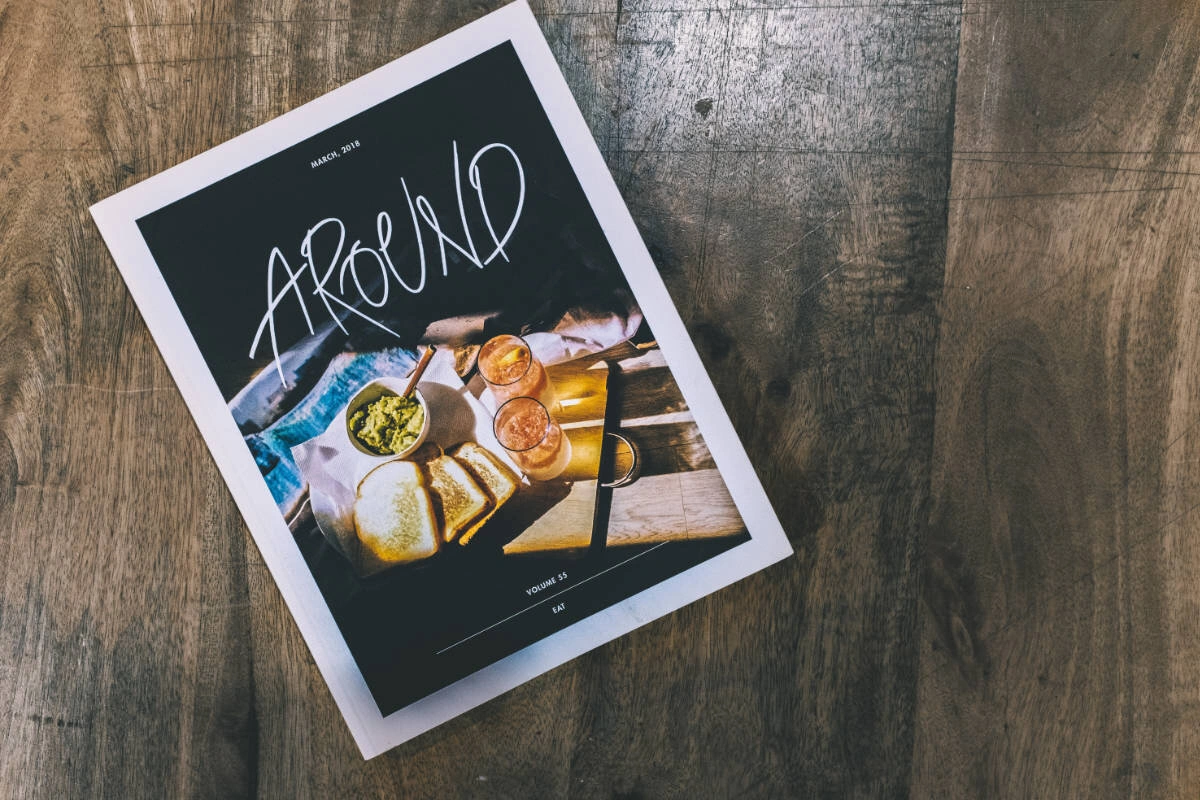1. Find the best place to install your banner.
Obviously you want your banner to be in the place where it will be seen the most, yet still be easy to read, and easy for you or your sign professional to install. This will also determine how large your banner can be. Also. is it a temporary or long term banner? Banners can come with grommets, or with rope already welded into the banner with slack on the ends, or with pole pockets.
2. Use high resolution, high quality graphics and logos.
Pulling a logo or photo from a webpage via right click and “save as” is a no-no. These images will only be 72 DPI at best and not suitable for a large banner or sign. Get a vector file of your logo from your designer in a PDF, Illustrator or .eps format. Download purchased or free high res graphics from trusted sources, or ask your print/sign professional to find a graphic for you!
3. Use readable (bold if necessary) fonts.
Yes your banner may seem large at 8’ x 4’ so you COULD fit a lot of text into that space right? But where are people reading it from? Is it indoors at a trade show and people walking right by it? Or is it 50 feet off the road with cars driving by at 35 mph trying to read it? Your number one goal with a banner is to usually just to get a simple message across so don’t overthink it and use a lot of text that will be difficult to read.
A couple other questions to ask yourself…
Does this banner need to be double sided? Double sided banners are more expensive because they must be printed on a heavier vinyl material (18oz material vs. the standard 13 oz, or sometimes 15 oz.)
Will the banner be in a windy area? Wind slits to allow air to pass through are the answer!



